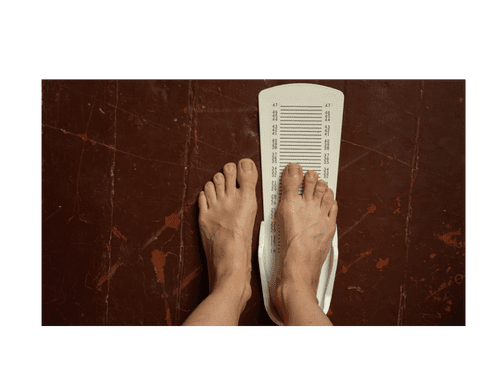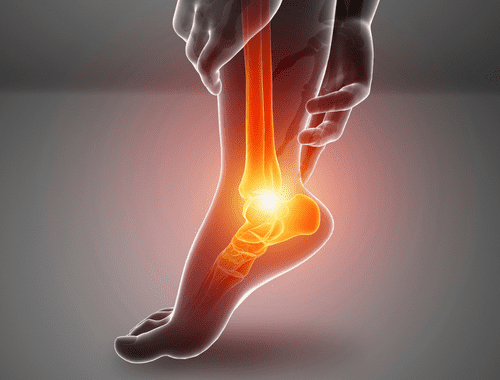Classifications of Lower Extremity Length Variances

There are several types for leg length Discrepancy (LLD), each with its own set of causes and symptoms:
Structural LLD
Structural Leg Length Discrepancy (LLD) is a condition where the bones of the legs are unequal in length. Structural LLD can be congenital, meaning it is present at birth, or it can be acquired due to an injury or disease. Causes of congenital structural LLD include genetic disorders such as fibular hemimelia or congenital short femur.
Acquired structural LLD can be caused by injuries to the growth plate of the bone, tumors, or infections that affect bone growth. This type of LLD can result in significant imbalances in the body, leading to pain, discomfort and difficulty in walking. It is often treated surgically, by either lengthening or shortening the longer or shorter leg, respectively. Rehabilitation through physical therapy and the use of orthotics, such as shoe lifts, can also be employed to manage symptoms and improve the patient’s quality of life.

Functional LLD
Functional LLD is a condition where there is a difference in the perceived length of the legs, caused by an alignment issue in the muscles, tendons, or joints rather than actual difference in the bones. Causes of congenital structural LLD include genetic disorders such as fibular hemimelia or congenital short femur.
Acquired structural LLD can be caused by injuries to the growth plate of the bone, tumors, or infections that affect bone growth. This type of LLD can result in significant imbalances in the body, leading to pain, discomfort and difficulty in walking. It is often treated surgically, by either lengthening or shortening the longer or shorter leg, respectively.
Apparent LLD
Apparent LLD: Apparent leg length discrepancy (LLD) is a condition where there is a difference in the perceived length of the legs, but in actuality, the bones themselves are of equal length. This type of LLD is often caused by an alignment issue in the hips, pelvis, or spine, that causes one leg to appear longer or shorter. Pain in the lower back, hips, knees or ankles, as well as difficulty walking or standing for long periods of time, are some of the symptoms of apparent LLD.
Treatment for apparent LLD typically includes physical therapy, exercises to improve muscle balance and alignment, and the use of orthotic devices such as shoe lifts. In some cases, a custom-made orthotic device may be recommended.
It is important to note that, even though the bones are of equal length in the apparent LLD, it can still lead to chronic pain and other health issues if left untreated. A proper evaluation by a medical professional is essential to determine the underlying cause of the apparent LLD and to develop an appropriate treatment plan.

Rotational LLD
Rotational leg length discrepancy (LLD) is a condition where there is a difference in the rotation of the bones in the legs. This type of LLD is caused by a difference in the rotation of the bones themselves, rather than a difference in the length or alignment of the bones.
Rotational LLD can be congenital, meaning it is present at birth, or it can be acquired due to an injury or disease. Causes of congenital rotational LLD include conditions such as congenital femoral retroversion or congenital tibial torsion. Acquired rotational LLD can be caused by injuries such as fractures, or by conditions that affect the rotation of the bones such as Perthes disease.
Asymmetrical LLD
Asymmetric leg length discrepancy (LLD) is a condition where there is a difference in the length of the legs, but the difference is not equal on both sides. Structural asymmetric LLD is caused by a difference in the length of the bones themselves, while functional asymmetric LLD is caused by an alignment issue in the muscles, tendons, or joints.
Symptoms of asymmetric LLD may be pain in the lower back, hips, knees or ankles, as well as difficulty walking or standing for long periods of time. The treatment for asymmetric LLD typically includes physical therapy, exercises to improve muscle balance and alignment, and the use of orthotic devices such as shoe lifts. In some cases, a custom-made orthotic device may be recommended.
Diagnosed LLD
LLD can be diagnosed by physical examination and by measuring the legs with special equipment. Treatment may depend on the cause and symptoms of the discrepancy. It may include shoe lifts, physical therapy, and in some cases, surgery. It’s important to consult a doctor or a podiatrist if you suspect that you have LLD, as they will be able to diagnose the condition and recommend the appropriate treatment.